All about repairing robotic vacuum cleaners
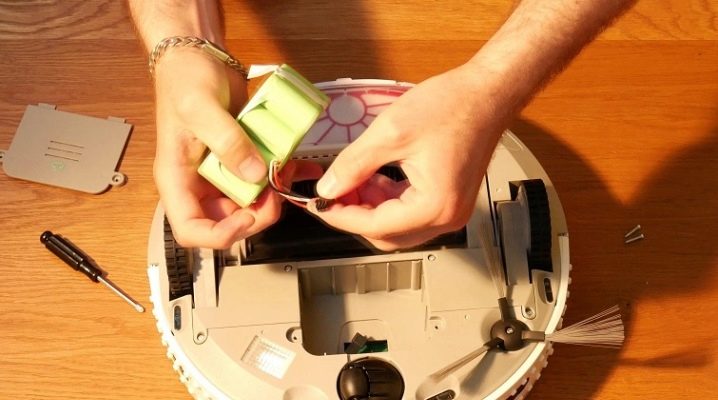
A robot vacuum cleaner is an electrical appliance that belongs to the class of household devices. The vacuum cleaner is equipped with an intelligent control system and is designed for automatic cleaning of premises. We will tell you all about the repair of robotic vacuum cleaners.

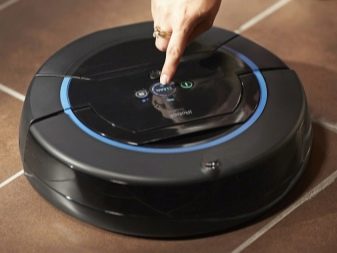
Peculiarities
The shape of the robot is round (rarely semicircular), flat. The average values of the diameter are 28-35 cm, the height is 9-13 cm. The front part is marked with a shock-resistant bumper equipped with a shock absorber and monitoring sensors. Other sensors are installed along the perimeter of the hull to monitor the working process. As part of the control, the parameters of approach / removal to surrounding objects / obstacles are monitored. The environment is scanned to adjust the orientation in space.




Each specific device is marked by the presence of an individual package of functions - software and design. Their list may include:
- height detection (prevents falling from stairs);
- memorizing the trajectory of movement (increases the efficiency of cleaning, reduces the time spent on it);
- wi-fi module (allows programming and remote control via smartphone);
- turbo brush (increases the coefficient of suction of debris);
- the function of carrying out wet cleaning (the presence of a water tank and fasteners for a cloth napkin, which is included in the basic configuration of a model equipped with this function).
The robot vacuum cleaner is supplied complete with a charging base station, spare parts: brush screws, replaceable attachments.
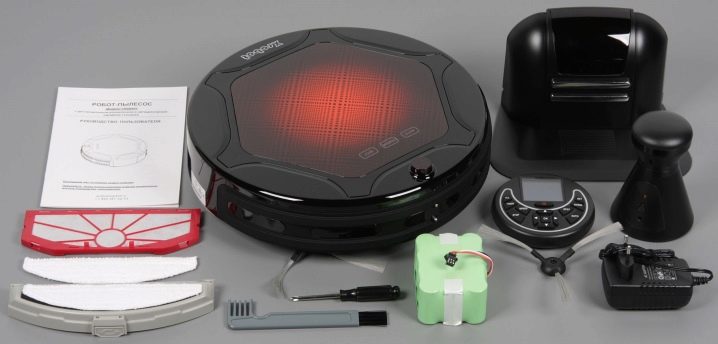
Malfunctions and remedies
The robot vacuum cleaner, being a technologically complex device, is prone to malfunctions. Their names may vary depending on the model of the vacuum cleaner and its package of functions. Routine service or repair work should be performed by the supplier, his representative or other qualified person. In some cases, the repair of a robot vacuum cleaner can be done at home.
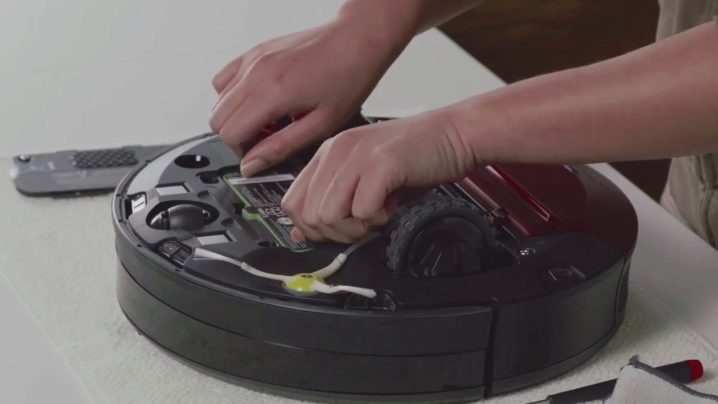
Consider the options for faults.
Not charging
Within the framework of this problem, the following symptoms may be observed: a rapid discharge of the battery, there is no charge when the vacuum cleaner is connected to the station, the presence of signs of charge when it is actually absent. Solutions: identify the problem and outline the criteria for its elimination. The problem of charging the vacuum cleaner may be associated with a damaged battery, a malfunction of the base station, a software error in the firmware, or a violation of operating rules related to observing network parameters and others.
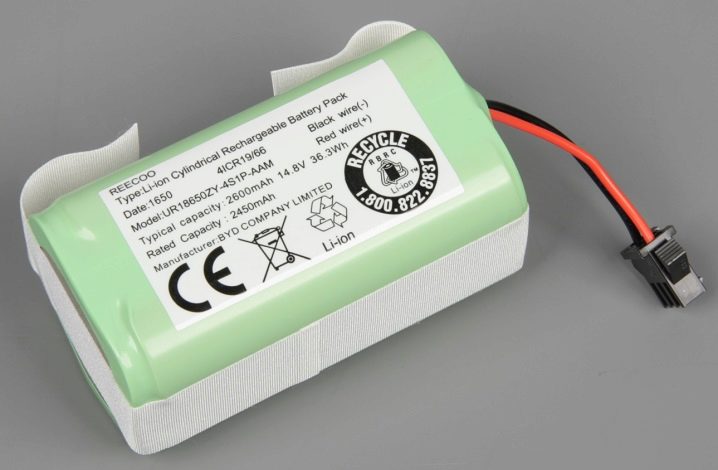
A worn out battery cannot be repaired. It must be replaced immediately. A lithium-ion battery that does not hold an eclectic charge is not only functionally obsolete, but is subject to increased danger (there is a risk of spontaneous combustion / explosion). The breakdown of the base station can be caused by several factors: voltage drops in the network, software failure, structural damage, deterioration of the state of contact nodes.

Power surges in the network can provoke the failure of some blocks of the "base" microcircuit. As a result, fuses, resistors, varistors and other parts burn out. Repair of this malfunction is carried out by replacing the control board of the "station".It is not recommended to make self-repair of the affected areas of the microcircuit - non-observance of electrical standards can lead to a negative impact on the vacuum cleaner itself during charging.

System errors
Some cleaning robots are equipped with a display that shows characters representing the commands entered and the error codes that have occurred. The meaning of the error codes is described in the technical documentation accompanying the specific model of the vacuum cleaner.
- E1 and E2. Left or Right Wheel Malfunction - Check for stopper / blocking factors. Clean the wheel space from debris and foreign objects;
- E4. Means that the body of the vacuum cleaner is raised above the floor level more than it should be. The reason is hitting an insurmountable obstacle. The solution is to install the device on a flat, clean surface, restart the unit if necessary;
- E 5 and E6. Problem with obstacle sensors located in the body and front bumper of the device. The way to correct the malfunction is to clean the surfaces of the sensors from contamination. If the problem persists, send the device for repair to the service center to replace the faulty sensors;
- E7 and E8. Indication of a problem associated with the operation of the side (screw brushes) or the main brush (if such is provided by the design of the vacuum cleaner). Check the brushes for foreign objects in the perimeter of their rotation. Remove if found. Reboot the vacuum cleaner if necessary.
- E9. The body of the vacuum cleaner is stuck, preventing further movement. The solution is to change the location of the device.
- E10. The power switch turns off - turn it on.
The explanation of the display codes may differ depending on the manufacturer of the vacuum cleaner and its model. To decipher the meaning of the error code in a specific model, you must check the instructions.



Destructive malfunctions
The work of a "smart" vacuum cleaner may be interrupted due to internal malfunctions, which are caused by physical damage to certain parts of the mechanism. These breakdowns can be expressed by the following signs.
- The motor hums or does not rotate. This can be caused by a malfunction of one or both of the motor armature bearings. In most cases, the engine noise is increased by high pollution of the filter element. In this case, the passage of air through the filters decreases, which increases the load on the engine. Maintenance or repair work should be done immediately.

- Does not collect garbage in a container. This happens when the dustbin of the vacuum cleaner is full and its contents interfere with suction. Otherwise, large and hard debris gets stuck in the chute or blocks the rotation of the turbo brush. If the lack of suction is accompanied by overheating, a burning smell, vibration of the case, it is important to immediately turn off the device and diagnose its components - the operability of the turbine, the presence of a short circuit in the wiring, and so on.

- Spins in one place or only goes back. Probably, the operation of one or more sensors that determine the movement of the apparatus is disrupted. An acceptable solution is to clean the sensors with a tissue or alcohol-based cotton swab. A more rare cause of circular rotation of the vacuum cleaner is a violation of the stable rotation of one of the wheels. The second (efficient) is ahead of the first, rotating the body in a circle. Another reason for the circular rotation of the vacuum cleaner is a failure in the software system of the device, which interferes with the computing processes taking place in the board controller.
In this case, the firmware of the device is required, for which it is worth contacting the service center.

- Stops after starting work - a sign of problems with the battery charge or failures in the connection between the vacuum cleaner and the charging station. In the first case, follow the procedures described above (in the "Does not charge" section). In the second, restart the vacuum cleaner and the filling station.If there is no result, check the performance of the antenna in one of the devices. Failure to properly connect to the radio module can compromise the stability of signal transmission.

To learn how to disassemble and clean the robot vacuum cleaner, see the video below.













The comment was sent successfully.